Story and photos by Anita Westervelt, Texas Master Naturalist
If you ask the Internet what is the definition of a native plant, you are afforded a multitude of answers from a wide range of federal and state agencies and state and local plant groups.
As Texas Master Naturalists, here in the Deep South of Texas, we generally adhere to the teachings that are similar to a definition by the United States Department of Agriculture, Natural Resources Conservation Service:
“A plant that is a part of the balance of nature that has developed over hundreds or thousands of years in a particular region or ecosystem. Only plants found in this country before European settlement are considered to be native to the United States.” Many times the words, without direct or indirect human actions, are slipped in as well.
The word, native, should always be used with a geographic qualifier, such as, native to the Lower Rio Grande Valley.
Now that we know what constitutes a native plant, our next question might be, so? What’s so special about native plants?
Native plants have braved the elements since the beginning of time in the ecosystem we call the Rio Grande Valley. These elements are sometimes quite harsh and extreme. For instance, with our Valley weather, we ask plants to withstand drought, flood, heat, sun, freeze, snow, wind and salt. And sometimes, all in the same year, like last year. The drought wasn’t as severe as in some years, but the extremes were all there concluding with the two January freezing temperatures.
And yet, the huisache, the mountain laurel, the prickly poppies, passion vines, black brush, pink mint, basket flower, thistle, sunflower, germander, cow pen daisy, tiny Tim, verbena, velvet bur — all the native plants you see each spring are still bursting with color, fragrance, pollen and nectar.
The native plants have done exactly what native plants are supposed to do. They survived.
Therefore, one might say that native plants are hardy. They do just fine on their own which makes them low maintenance. They are drought tolerant so have minimal water requirements. These are all good reasons to consider growing native plants.
More importantly, native trees and shrubs provide shelter and nesting sites for wildlife, food in the form of fruits, seeds and leaves for birds and small mammals, and they are habitats for beneficial insects, such as bees, butterflies, beetles, moths, wasps, bats and hummingbirds.
The more native plants and trees planted in residential districts, the more our native habitat can increase and continue the unique balance of nature that is the Rio Grande Valley.
A number of native plants will be included for sale at the spring Cameron County Master Gardeners “Gardeners Market” April 28. A few of those hardy, low maintenance, beautiful, unique survivors are listed here:

Cape honeysuckle (Tecomaria capensis) Bees, butterflies and hummingbirds make this South Africa exotic one of the busiest shrubs in the garden. Produces runners that will travel and take root. Leave the plant to take on its own shape; it will provide an explosion of exquisite flowers through all seasons.
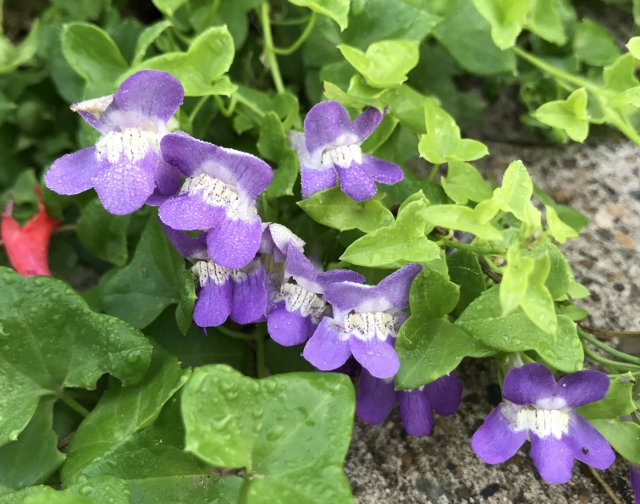
Snapdragon vine (Maurandya antirrhiniflora) Always with a happy grin, this tiny plant is host to the common buckeye butterfly. Grow on a support in a garden or let it twine over other plants. It does not kill or strangle plants and trees it intertwines. Easily self-propagates; easily potted up to share with a friend. Attracts butterflies and hummingbirds.
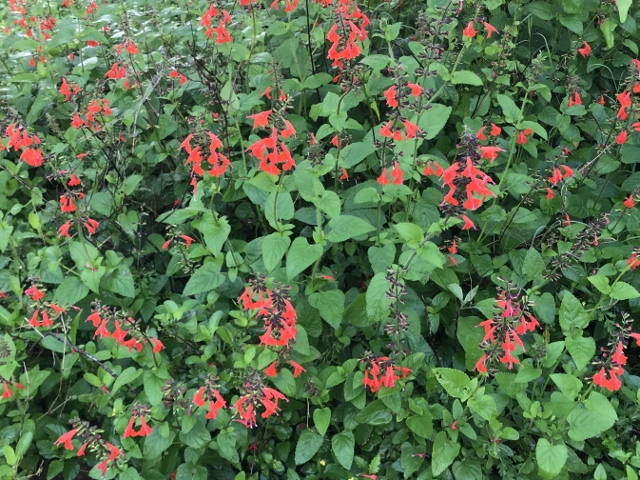
Scarlet sage (Salvia coccinea) This is a must-have plant that will provide blooms during all seasons. Great nectar plant for hummingbirds and butterflies. Readily self-propagates, tolerates clay soil; grows in full sun or partial shade. Drought tolerant.
Crucita, Blue Mistflower (Chromolaena odorata) If you’ve room for nothing else, make it a mist flower! Enjoy hours of butterfly watching with this lovely lavender mist flower. It blooms most profusely in late summer and fall. Can get leggy; responds well to a trim. Deadhead spent blooms. Readily self-propagates and transplants easily.
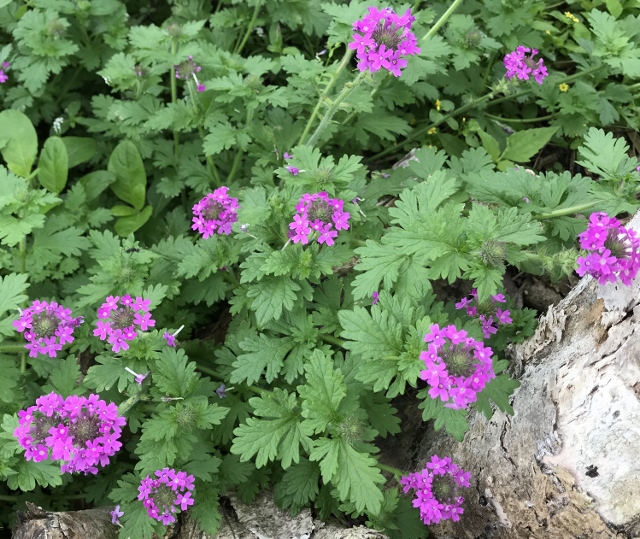
Verbena (Glandularia polyantha) Verbena makes a great ground cover as the stems will sprawl. This beauty will spread fairly quickly and look great amongst decorative rocks and garden art. Loves full sun. It will keep blooming in all the Valley seasons.
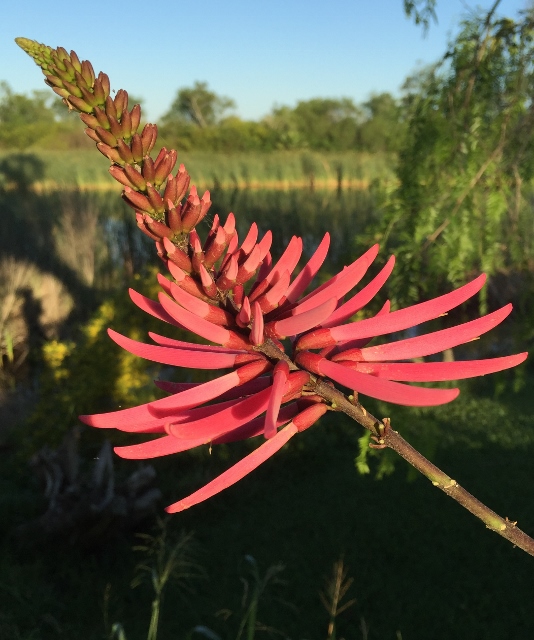
Coral bean (Erythrina herbacea) Bring on the hummingbirds and orioles! The unusual coral bean is a small, slow-growing tree. Deep pink tubular blooms burst out at the tips of branches in spring. Glossy green, uniquely-shaped leaves soon follow the blooms. Vibrant red seeds the size of pinto beans peek through eight-inch, dark, elongated pods after the flowers are spent.
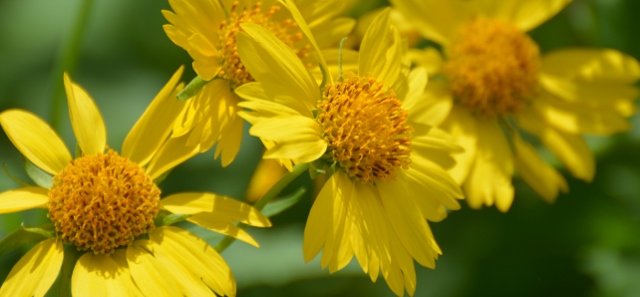
Cow Pen Daisy (Verbesina encelioides) One of the first plants to brighten a spring garden with vibrant yellow faces. Attracts butterflies and bees. Shrub-like growth; can reach to three feet tall. Prolific bloomer spring through fall. The plant is host to bordered patch butterfly.
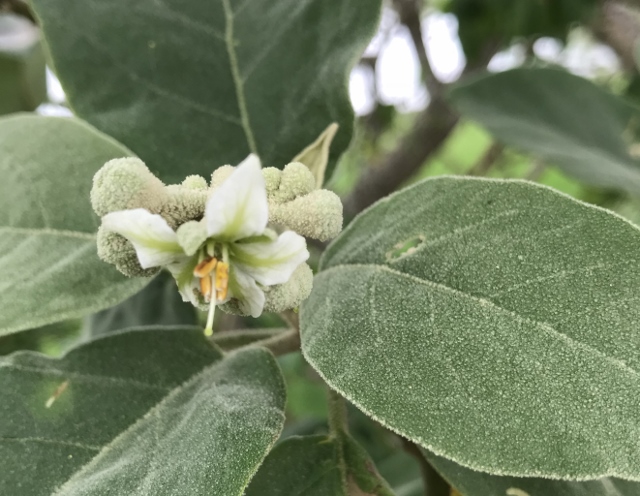
Potato Tree (Solanum erianthum) Well-shaped, fast-growing tree. Popular in butterfly gardens. Leaves have fine, hairy covering giving tree a grayish-green pastoral look; a cool effect in the strong summer Texas sun. Yellow and orange berries offer fine dining for chachalacas and other critters. The tree attracts birds, butterflies, moths and other beneficial insects.
